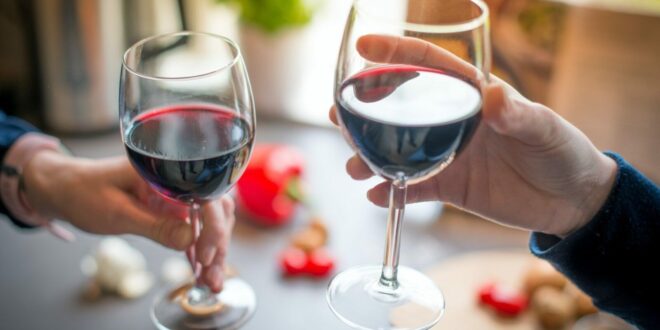For centuries, wine has captivated cultures, palates, and conversations. From casual sippers to seasoned connoisseurs, wine lovers form a global community united by a passion for flavour, craftsmanship, and tradition. But what exactly makes it so special – and how can you deepen your appreciation for it?
Whether you’re exploring your first bottle or curating a cellar, the world of wine is rich with discovery, offering endless opportunities to learn, taste, and enjoy.
Understanding the Basics of Wine
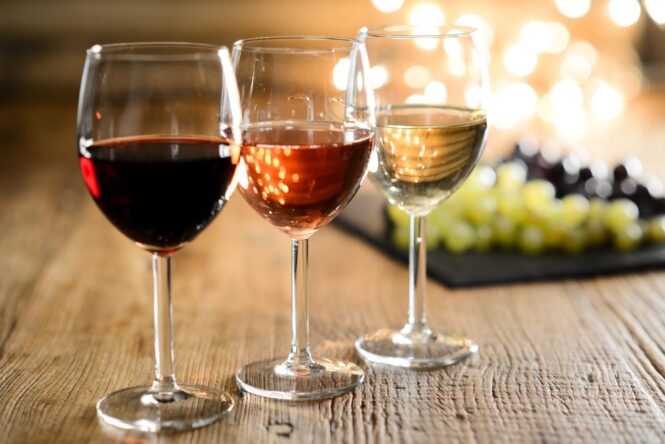
At its core, wine is fermented grape juice – but the diversity in taste, aroma, and texture is extraordinary. The factors that influence a it’s character include grape variety, climate, soil type, winemaking techniques, and even the barrel it’s aged in.
The two main categories – red and white – are defined by the type of grape and whether the skin is used during fermentation. Rosé, sparkling wine, and dessert wine round out the broader spectrum. Each style offers a unique profile, suited to different foods, occasions, and preferences.
The Role of Terroir
One of the most fascinating aspects of wine is how it reflects its origin. The French term “terroir” refers to the combination of soil, climate, and topography that gives it its sense of place. A Chardonnay grown in California will taste quite different from one grown in Burgundy. For wine lovers, terroir is what makes it more than just a beverage – it’s a story in every bottle.
Exploring wines from various regions is one of the best ways to develop your palate. Over time, you’ll learn to detect the subtle influences that different climates and winemaking traditions have on taste.
Food Pairing and Wine
Pairing it with food is both an art and a science. The right wine can enhance the flavours of a dish, while the wrong one can clash or overpower it. A few basic guidelines help even beginners navigate this beautifully complex relationship:
- Acidity cuts through richness: A crisp white option like Sauvignon Blanc pairs well with creamy pasta or oily fish.
- Tannins balance fat: Bold reds like Cabernet Sauvignon go well with steak and aged cheeses.
- Sweet wines complement spicy food: Think Riesling or Gewürztraminer with Thai or Indian dishes.
Wine lovers often experiment with pairings to discover what works best for their palate. There’s no one-size-fits-all – part of the joy is in the journey.
Comparing Popular Wine Styles
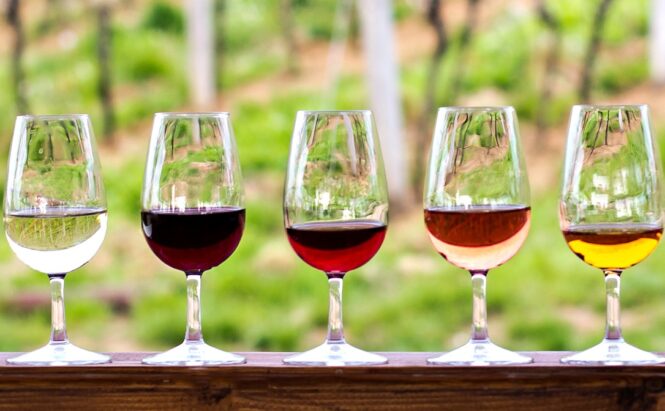
With so many styles available, it helps to understand how they differ in taste, occasion, and typical food pairings. Here’s a simple breakdown:
| Wine Style | Key Traits | Best Paired With |
| Sauvignon Blanc | Crisp, herbal, high acidity | Goat cheese, green salads, seafood |
| Pinot Noir | Light-bodied, red fruit, earthy | Roast chicken, mushroom dishes |
| Chardonnay | Creamy or citrusy, oak or unoaked | Lobster, pasta with cream sauce |
| Cabernet Sauvignon | Bold, tannic, dark fruit | Grilled meats, aged cheeses |
| Rosé | Fresh, fruity, dry or semi-sweet | Tapas, salads, summer dishes |
| Sparkling Wine | Fizzy, celebratory, bright acidity | Oysters, sushi, celebrations |
Exploring across these categories helps refine your preferences and exposes you to new experiences with every bottle.
The Joy of Tasting and Collecting
Tasting wine is about more than drinking – it’s about exploring layers of flavour and aroma. A proper tasting involves observing the wine’s colour, smelling its bouquet, and noting its structure, body, and finish on the palate.
For some, wine appreciation evolves into collecting. A home collection doesn’t need to be massive or expensive – it just needs to reflect your tastes and drinking habits. Storing it properly (cool, dark, stable conditions) preserves its quality and allows certain bottles to improve with age.
Wine Myths Beginners Should Stop Believing
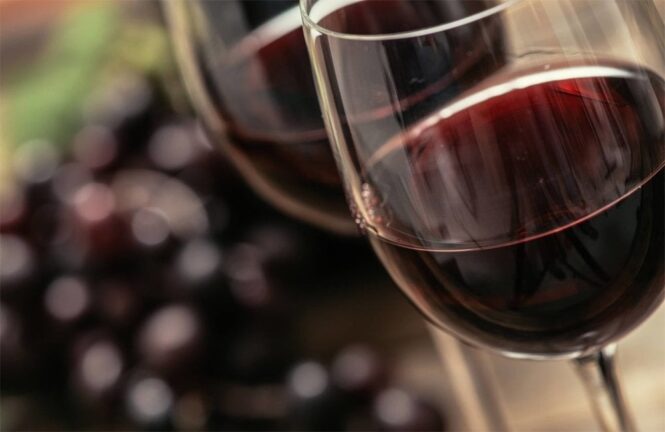
Many people hesitate to dive into wine because of misconceptions. In truth, wine is more accessible than its reputation suggests. Let’s clear the air with a few common myths:
- “Expensive wine is always better.” Not true—many affordable options offer excellent quality.
- “Red wine goes with red meat, white with fish.” This is a guideline, not a rule. Pair what you enjoy.
- “You need formal training to taste wine properly.” Tasting is personal—trust your senses.
- “Sweet wine means low quality.” Many high-quality wines are sweet by design and pair beautifully with food.
- “Older wine is better.” Only some wines improve with age; many are best enjoyed young.
Visiting Wineries and Wine Regions
Few experiences compare to visiting a vineyard, walking the rows of vines, and tasting wines where they’re made. Wineries often offer tours, tastings, and insight into the craftsmanship behind each bottle. Whether you’re visiting Tuscany, Napa, or a local vineyard in your region, these visits deepen your understanding and appreciation.
Many wine lovers plan holidays around these visits, combining sightseeing with immersive tasting experiences. It’s a great way to connect with producers, discover hidden gems, and support independent winemakers.
Finding a Community
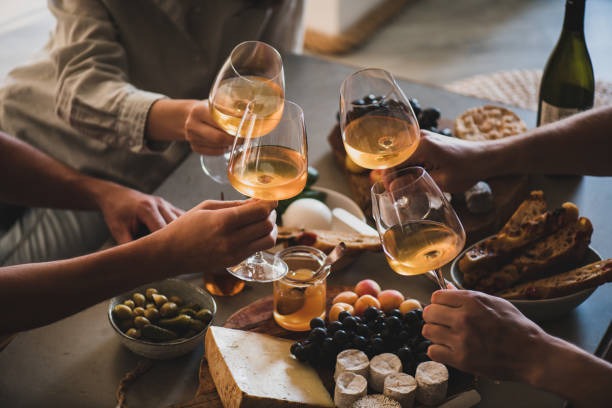
Wine appreciation is meant to be shared. Joining a local tasting group, attending festivals, or simply sharing a bottle with friends fosters conversation, learning, and connection. Online platforms also offer forums, virtual tastings, and expert-led discussions for wine lovers looking to broaden their knowledge from home.
If you’re looking to explore new varietals, try rare bottles, or learn more about winemaking culture, consider checking out resources curated for wine lovers.
One such destination is Dover Wines, a platform offering a curated selection of wines and content to suit every taste and occasion.
Embracing the Journey
Ultimately, being a wine lover isn’t about knowing everything – it’s about staying curious, open-minded, and eager to try something new. From everyday table wines to rare vintages, every bottle has something to offer.
Whether you’re enjoying a glass at home, hosting a dinner party, or travelling through wine country, the world of wine invites you to slow down, savour, and celebrate. The more you taste, learn, and share, the more rewarding your journey becomes. Cheers to that!
 Imagup General Magazine 2025
Imagup General Magazine 2025
